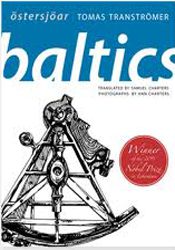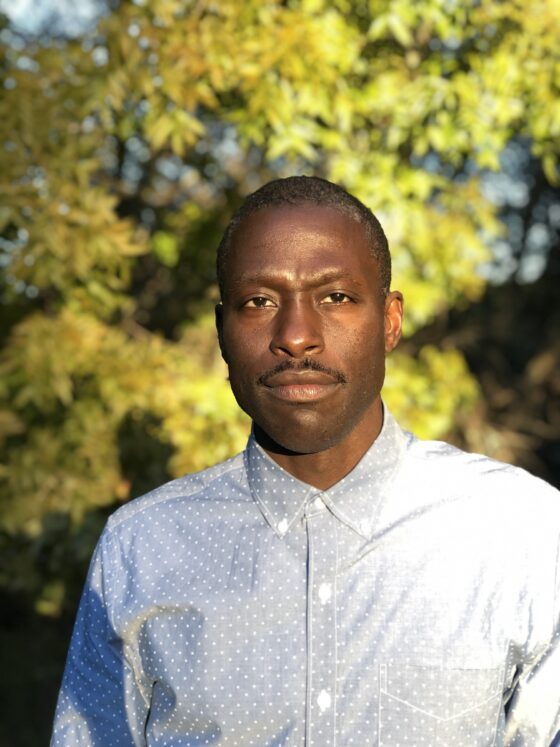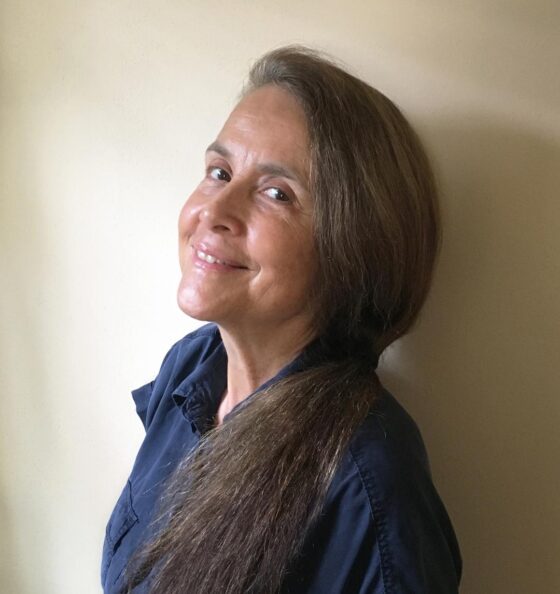
Tomas Tranströmer’s Baltics, a long poem, first appeared in 1974, but this time around Samuel Charters has added a new afterword to his original translation, and his wife Ann Charters has included photographs from 1973 of Tranströmer and his wife at their summer home on the island of Runmarö. As for the photos, imagine ABBA but in depressing black and white. And, yes, the poem itself is also drained of color, making its nihilistic ennui stand out all the more.
Still, in its scope Baltics remains calmly ambitious and unafraid. Tranströmer explores ideas about the self in relation to family history, the passing of time, and nature. And these are not abstractions because he heaps together details that make his ruminations concrete. In lines taken from the middle of the poem, for example, we see such detail accumulate. Such detail, coupled with the music in the lines, creates surprise for both the speaker and reader, both of whom come to see a strange, vast world:
In the half-dark corner of Gotland church, in the mildewed daylight
stands a sandstone baptismal font—12th Century—the stone cutter’s name
still there, shining
like a row of teeth in a mass grave:
HEGWALDR
the name still there.
And his scenes
here and on the sides of other vessels crowded with people, figures on their way out of the stone.
The eyes’ kernel of good and evil bursting there.
Herod at the table: the roasted cock flying up and crowing “Christus natus
est”—the servant executed—
close by the child born, under clumps of faces as worthy and helpless as young monkeys.
The detail in these lines—the preposition “in” placed twice at the very beginning to locate the reader in time and place—anchor both the poem and its readers while preparing us to see that memory creates us as much as we create it, to understand that memory disorients and surprises. With the descriptions of what the speaker sees carved into the baptismal font and other stonework in the church, we’re taught that
(The scenes [remain] stronger in memory than when you stand in front of them,
strongest when the font spins like a slow, rumbling carousel in the memory.)
Nowhere the lee-side. Everywhere risk.
As it was. As it is.
It’s the outside and its textured surfaces that cause danger, and the speaker thus imagines that
Only inside there is peace, in the water of the vessel that no one sees,
but on the outer walls the struggle rages.
And peace can come drop by drop, perhaps at night
when we don’t know anything,
or as when we’re taped to a drip in a hospital ward.
In addition to the pleasure of the poem’s precise detail and the music created by the alliterative “s” sound that saturates the lines, Baltics asks us to think about the limits of writing exactly while it creates urgent and necessary images through language. The speaker tells us near the end of the poem:
I looked at the sky and the earth and straight ahead
and since then I’ve been writing a long letter to the dead
on a typewriter that doesn’t have a ribbon, only a horizon line
so the words beat in vain and nothing stays.
Like different versions of the self, and like family, history, memory, and nature, nothing remains in one piece, if there ever was wholeness to begin with. “As it was. As it is.”






